The Science of Color and Stability in Modern Designs
In contemporary architecture and urban planning, the integration of visual aesthetics with structural safety is more vital than ever. Designers and engineers increasingly recognize that effective use of color and sound structural principles not only enhance the beauty of a space but also significantly contribute to its safety and user experience. As an illustrative example, mysweettown.top exemplifies how these concepts can be seamlessly combined in a modern urban environment, offering lessons for future developments.
Table of Contents
- Fundamentals of Color Science in Design
- Principles of Structural Stability in Modern Architecture
- Intersection of Color and Stability: Enhancing Functionality and Aesthetics
- Modern Materials and Technologies Supporting Design Stability
- «My Sweet Town»: A Case Study in Modern Urban Design
- Non-Obvious Factors Influencing Color and Stability in Design
- Future Trends in Color and Structural Stability
- Conclusion: Integrating Science, Aesthetics, and Safety in Modern Design
Fundamentals of Color Science in Design
How Human Perception Interprets Color and Its Psychological Effects
Human perception of color is rooted in the way our eyes and brain process light reflected from surfaces. Different wavelengths correspond to various colors, which evoke specific psychological responses. For example, blue tones are often associated with calmness and trust, making them suitable for hospitals or corporate offices, while warm reds and yellows can energize spaces, encouraging activity and enthusiasm. Modern designers leverage these perceptions to influence how occupants feel and behave within spaces.
The Role of Color in Conveying Stability, Safety, and Harmony
Color choices can subconsciously communicate stability and safety. For instance, neutral tones like gray and beige are often used in structural elements to suggest solidity, while bright, contrasting colors serve as visual cues for safety, such as red for emergency exits or yellow for caution zones. Harmonious palettes that blend these elements can foster a sense of order and calmness, reducing stress and enhancing user comfort.
Color Theories and Palettes Used in Modern Architecture and Urban Planning
Designers often employ color theories such as complementary, analogous, and triadic schemes to create visually appealing urban landscapes. For example, contrasting colors can delineate different zones within a city, aiding navigation and defining functional areas. Palettes are also selected based on environmental context; cooler tones might be used in coastal areas to reflect the surroundings, while warmer shades can be effective in desert climates to evoke warmth and vibrancy.
Principles of Structural Stability in Modern Architecture
Basic Engineering Concepts Ensuring Building Safety and Resilience
Structural stability relies on fundamental engineering principles such as load distribution, material strength, and redundancy. Load-bearing elements like columns and beams work together to transfer forces safely to the foundation. Modern computational tools enable precise analysis of stress points and potential failure zones, ensuring that buildings can withstand environmental forces like earthquakes, wind, and heavy loads.
The Role of Strategic Block Placement and Load Distribution
Effective urban and architectural design involves strategic placement of structures to optimize load paths and prevent collapse. For instance, in high-rise buildings, core placements and shear walls are positioned to counteract lateral forces. In city planning, grouping buildings to share infrastructure reduces stress on individual structures and enhances overall resilience, as seen in modern developments like «mysweettown.top» where thoughtful block arrangements maximize safety.
Historical Evolution: From Early Tools to Advanced Construction Techniques
Construction has evolved from primitive tools such as the pickaxe to sophisticated machinery like cranes and computer-aided design (CAD). Innovations like reinforced concrete, structural steel, and seismic damping devices have dramatically increased safety. The introduction of safety gear, such as helmets in 1919, exemplifies ongoing efforts to protect workers and improve structural safety standards.
Intersection of Color and Stability: Enhancing Functionality and Aesthetics
How Color Can Reinforce Perceptions of Stability and Safety
Color influences how structural stability is perceived. For example, darker shades on load-bearing elements can visually suggest strength and permanence, while bright colors on safety features highlight their importance. Use of consistent color coding in urban environments enhances intuitive understanding of safety zones and exit routes, contributing to overall security during emergencies.
Case Studies of Buildings and Urban Spaces
Modern structures often integrate color and structural design to create cohesive spaces. For example, a hospital complex might use calming blue tones combined with visible structural elements to convey trust and stability. In city parks, vibrant colors delineate paths and boundaries, guiding pedestrians safely while enhancing aesthetic appeal. These examples demonstrate how coordinated color and structural strategies improve both function and visual harmony.
The Influence of Color on Material Selection and Structural Visibility
Color choices impact material selection; durable, weather-resistant coatings are often chosen in bold or reflective hues to increase visibility and longevity. Structural elements painted in high-contrast colors improve their visibility during inspections and in low-light conditions, contributing to maintenance efficiency and safety assurance.
Modern Materials and Technologies Supporting Design Stability
Advances in Materials for Durability and Structural Integrity
Innovations such as fiber-reinforced polymers, high-performance concretes, and nanomaterials have significantly enhanced durability and strength. These materials often feature improved color stability, resisting fading and corrosion, which is crucial for long-term safety and aesthetic consistency in urban environments.
Innovations in Construction Techniques and Safety Equipment
Since the introduction of safety gear like hard hats in 1919, construction safety has advanced with the adoption of smart helmets equipped with sensors that monitor impact and environmental conditions in real time. Techniques like modular construction and 3D printing reduce risks and improve precision, ensuring safer and more resilient structures.
Integration of Smart Technologies for Real-Time Monitoring
Sensors embedded within structures can continually assess stress, strain, and environmental factors, transmitting data to control centers. This proactive approach detects potential issues early, allowing timely interventions that prevent failures and prolong structural lifespan.
«My Sweet Town»: A Case Study in Modern Urban Design
Using Strategic Color Schemes to Promote Safety and Community Identity
«My Sweet Town» employs a carefully curated color palette to foster a sense of community and ensure safety. Bright hues mark pedestrian crossings and emergency zones, while harmonious color schemes unify residential and commercial areas. Such choices aid in visual coherence, making navigation intuitive and emergency responses quicker.
Structural Planning to Prevent Collapse Through Thoughtful Block Placement
The town’s layout features strategically placed blocks that optimize load distribution and provide redundancy. Centralized green spaces and mixed-use zones reduce structural stress on individual buildings, exemplifying how planning enhances safety without compromising aesthetics.
Visual Cues and Color Coding in Navigation and Safety Awareness
Color coding is employed throughout «My Sweet Town» to guide residents and visitors—red for fire exits, yellow for caution zones, and green for safe pathways. These visual cues improve situational awareness and facilitate quick decision-making during emergencies.
Non-Obvious Factors Influencing Color and Stability in Design
Cultural and Environmental Influences
Cultural preferences shape color choices—red symbolizes luck in many Asian cultures, while white signifies purity in Western contexts. Environmental factors, such as climate and local materials, also influence structural approaches and color applications, ensuring designs are sustainable and contextually appropriate.
Psychological Impacts in Emergency Situations
Colors can have profound effects during crises. Bright, high-contrast colors like red and yellow are used in signage and safety gear to attract attention and prompt action. Understanding these psychological responses is critical for designing environments that support safety under stress.
Historical Insights and Modern Safety Standards
The development of safety equipment, such as helmets and reflective vests, reflects an ongoing effort to combine practical engineering with psychological and cultural understanding. These historical lessons inform present-day standards and innovations aimed at protecting both structures and their users.
Future Trends in Color and Structural Stability
Emerging Materials and Digital Design Tools
Innovations like self-healing concrete and adaptive coatings will revolutionize durability and safety. Digital tools, including generative design algorithms, enable optimization of both aesthetic and structural parameters, ensuring that future spaces are safer and more visually compelling.
Adaptive and Sustainable Designs
Smart, eco-friendly buildings can adjust their color schemes and structural responses based on environmental conditions, improving energy efficiency and user comfort. For example, dynamic facades that change color to reflect sunlight or reduce heat absorption are emerging as practical solutions in sustainable urban development.
«My Sweet Town» as a Blueprint
Modern urban models like mysweettown.top serve as prototypes for integrating color science and stability principles. Their success demonstrates how thoughtful design can create resilient, attractive, and community-oriented spaces that adapt to future challenges.
Conclusion: Integrating Science, Aesthetics, and Safety in Modern Design
“Understanding the science behind color and structural stability enables designers to craft environments that are not only beautiful but also inherently


